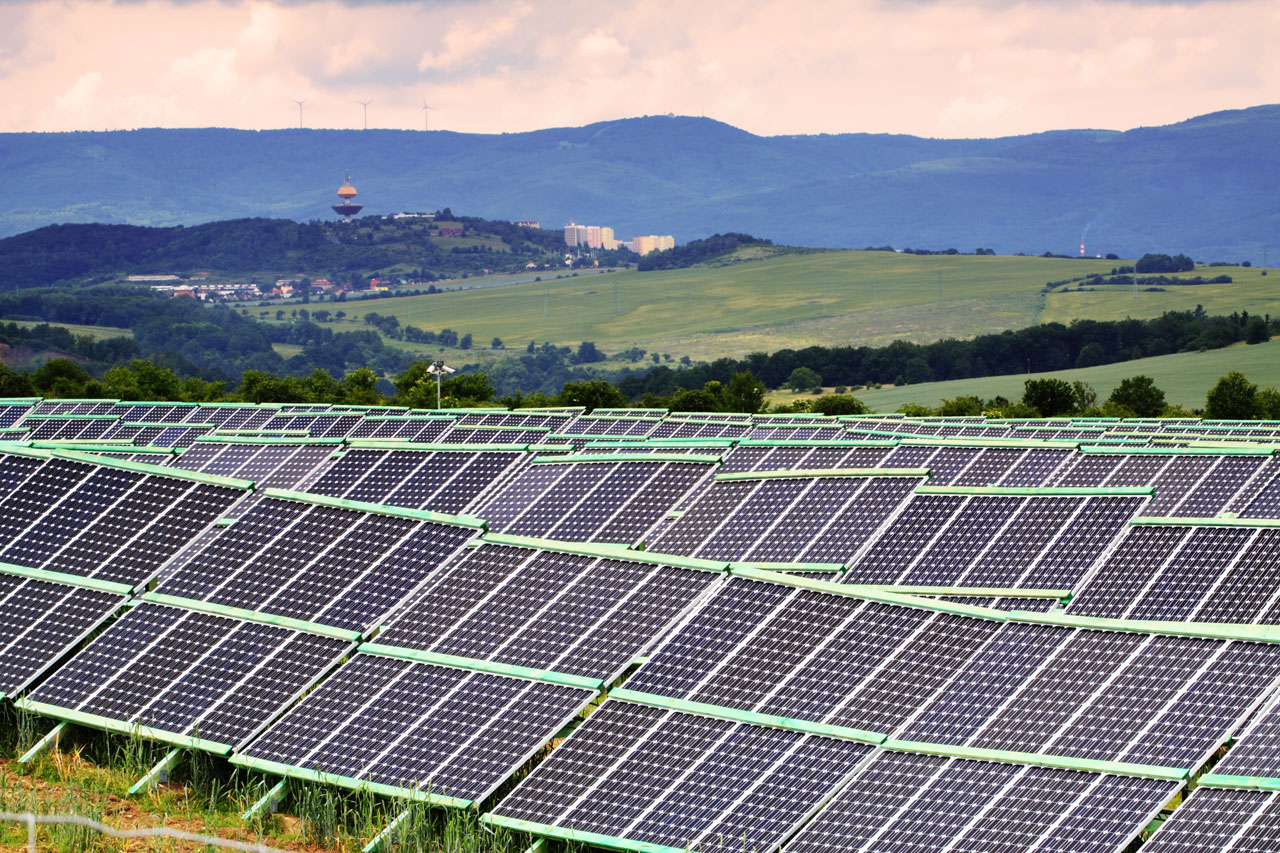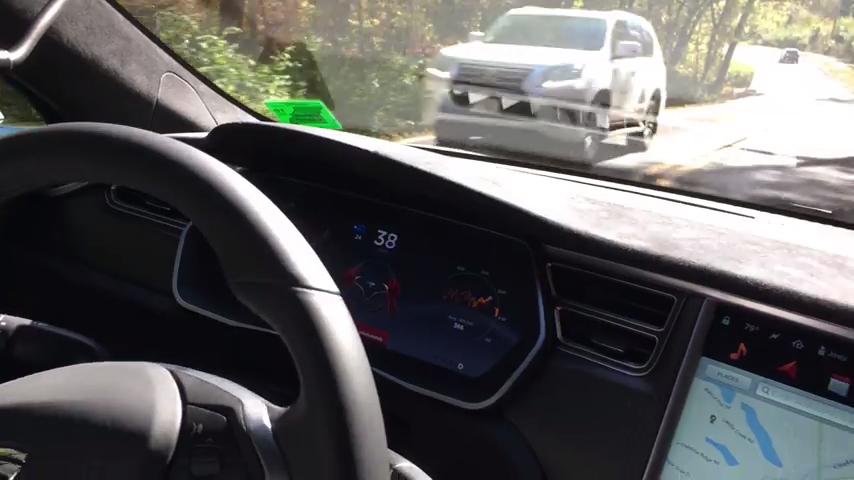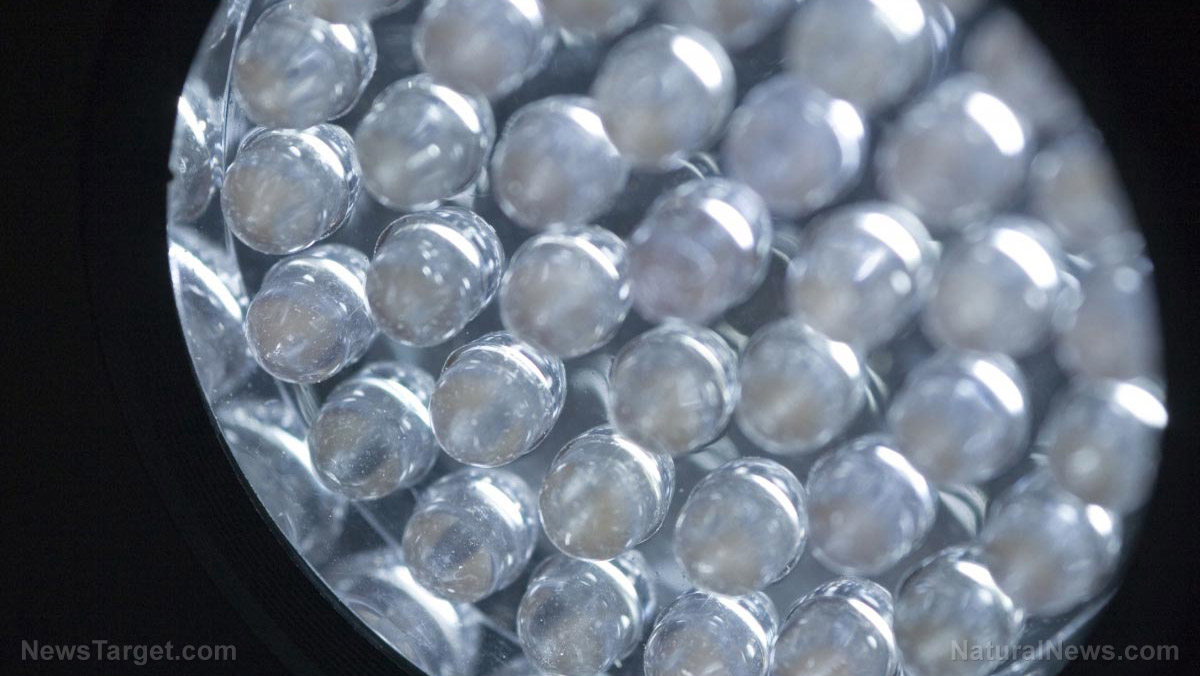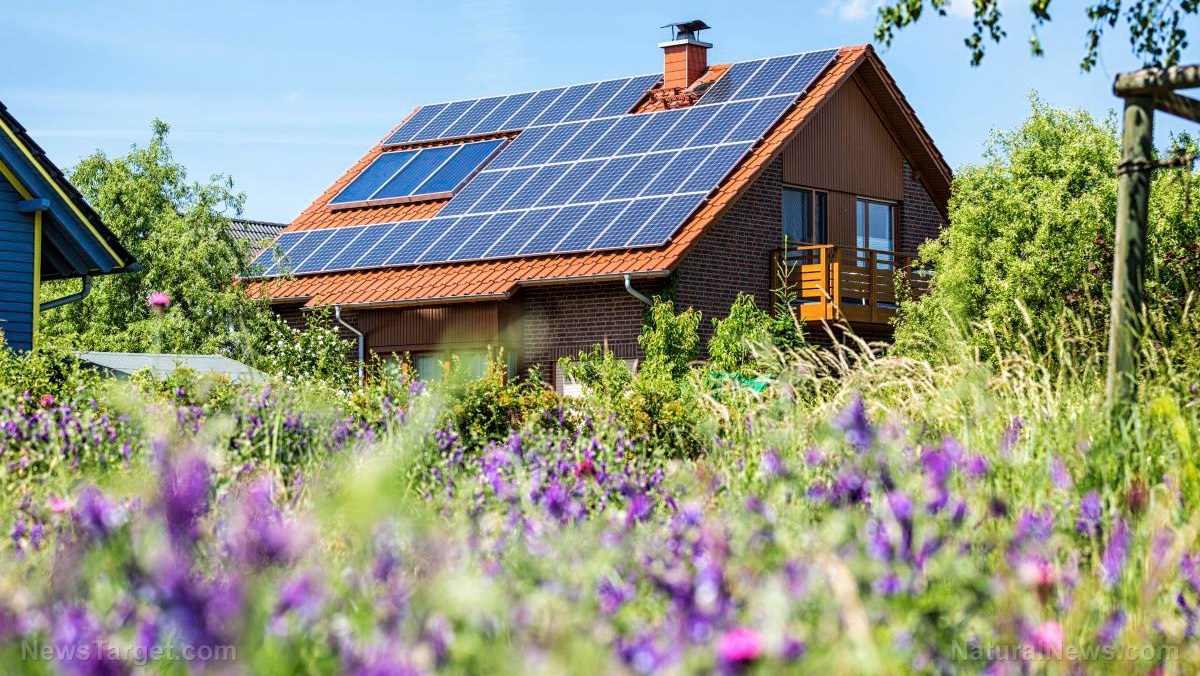New highly efficient thin-film solar cell generates more energy than typical solar panels
12/01/2018 / By RJ Jhonson
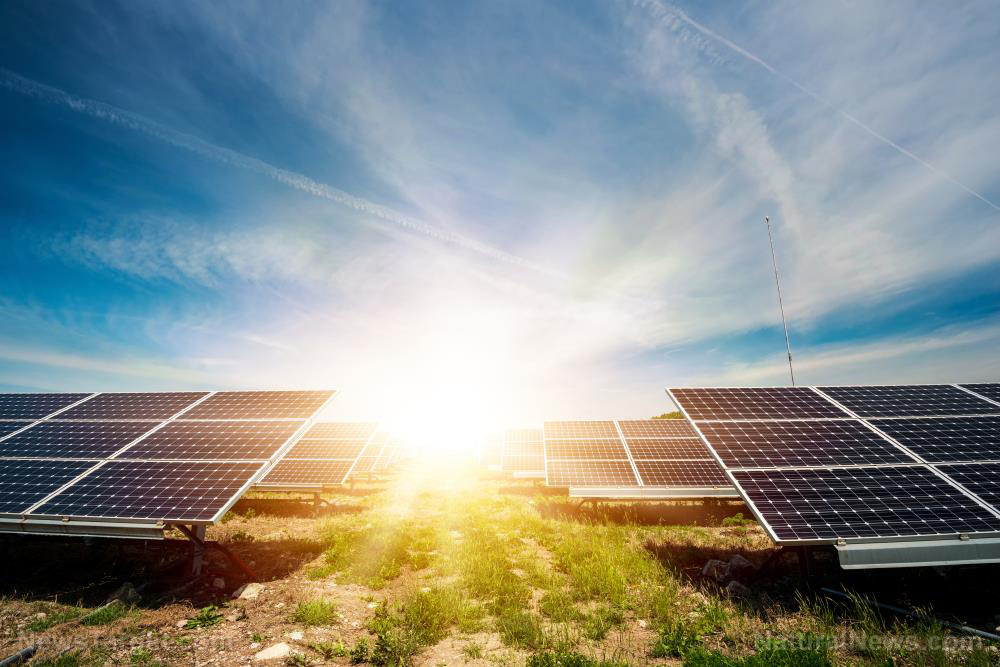
Scientists from the UCLA Samueli School of Engineering have just discovered a way to build thinner but more efficient solar panels, able to harness more power from the sun than current and conventional solar cells.
The new technology is a perovskite-CIGS tandem solar cell, which means it is composed of two layers. On top is a thin layer of perovskite, an inexpensive material made from iodine and lead. This material has been shown in previous studies and trials to be very efficient at capturing energy from the sun. The perovskite was sprayed into a solar cell made from a compound of CIGS or copper, indium, gallium, and selenide.
The new cell converts 22.4 percent of the energy from the sun into usable power. This is a record high among perovskite-CIGS tandem solar cells. Independent tests conducted at the U.S. Department of Energy’s National Renewable Energy Laboratory confirmed this outcome. For comparison, the previous record had a conversion efficiency of only 10.9 percent, lower than that of a conventional solar cell, which clocks from 11 to 15 percent.
“With our tandem solar cell design, we’re drawing energy from two distinct parts of the solar spectrum over the same device area. This increases the amount of energy generated from sunlight compared to the CIGS layer alone,” Yang Yang, the leader of the research team, explains.
Yang emphasized that incorporating the perovskite layer into existing solar cell manufacturing processes is both easy and inexpensive. This makes the technology accessible not just to manufacturers but also to potential buyers should it hit the market. (Related: Solar power for the whole world could be generated from a relatively small patch of land, says report.)
One more notable characteristic of the solar cell is its thinness. Its CIGS base layer measures just 2 microns – about two-thousandths of a millimeter – thick and yet it converts about 18.7 percent of the sun’s energy by itself. The entire solar cell sits on a glass substrate that’s about 2 millimeters thick.
The new solar cell is, by itself, a revolution, but the research team behind it has no plans of stopping just yet. Their next goal is to improve their technology’s conversion efficiency to 30 percent.
The study was published in the journal Science.
Why the shift toward solar energy?
More states are turning to solar energy, but why? Here are some of the advantages that shifting to solar brings:
- It has minimal impact on the environment – Among the sources of power available today, solar power is among the cleanest and has the least effect on the environment. It does not cause water or air pollution and, unlike wind turbines, does not cause noise and harm flying birds. Its being quite makes it especially ideal for use in highly populated urban areas.
- It helps minimize your electric bill – If you install a solar panel at home, it will handle some of your electricity needs. This means you’ll be taking less from your utility supplier. At the end of the day, you’ll be benefiting from free energy courtesy of the sun and slashing off a portion of your usual electric bill.
- It produces power when people need it – People are most active from around midday until shortly before sundown. This is also the time when power is needed the most. Fortunately, it is also at these hours that the sun is at its hottest and brightest, which means that you get its full power right when it’s most needed.
- It can be applied everywhere – Whether you live in a remote area or in the middle of the big city, you can gather solar power as long as there is sunshine. Because of this, solar cells are improving the lives of many around the world, even those who live in far-flung areas that power lines have yet to reach.
- Less energy lost during long-distance transport – The farther you are from your power producer, the more electricity is lost as it travels through wires. Solar panels can be installed on your roof, right where you need them.
- It creates jobs – To get the best results, you’ll need the help of professionals who will install your solar cells for you. You may also need the services of others who will maintain or repair the system in the case of a problem. These create opportunities for employment and help your economy in the long run.
Learn more about solar energy at Power.news.
Sources include:
Tagged Under: alternative energy, CIGS, discoveries, electricity, green energy, green living, perovskite, perovskite-CIGS tandem solar cell, power, renewable energy, solar cell, solar panel, solar power, technology








